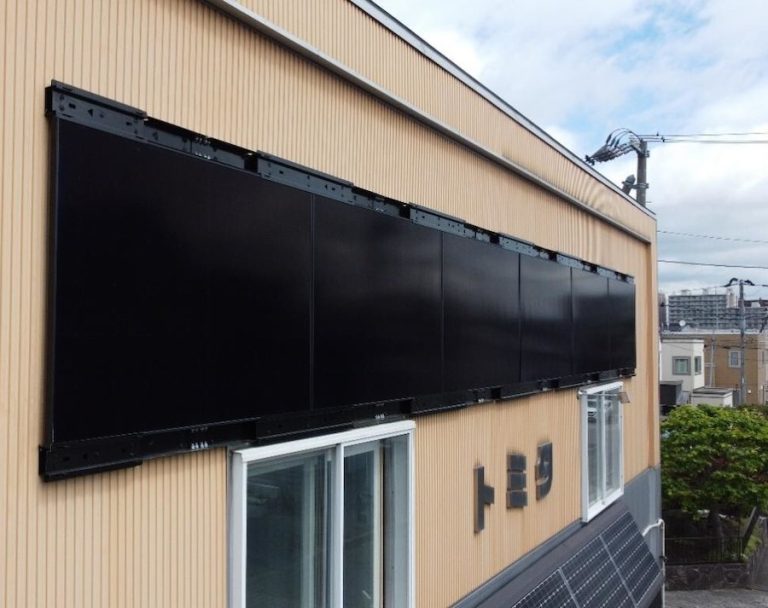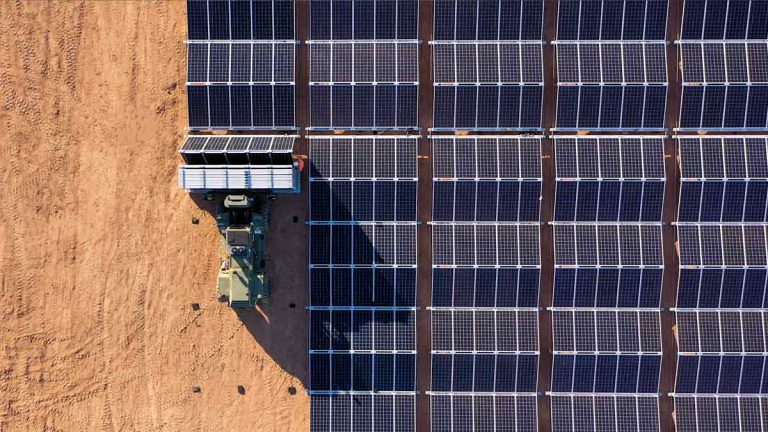Canadian Solar Introduces Low-Carbon Modules and Next-Gen Modular Battery
Canadian Solar has introduced two groundbreaking products: a low-carbon solar module boasting a conversion efficiency of up to 24.4 per cent, and a next-generation modular battery with an impressive energy capacity of up to 8.36 megawatt-hours (MWh).
The new Low Carbon (LC) modules from Canadian Solar integrate the latest advancements in wafer technology with cutting-edge heterojunction (HJT) cell technology, achieving a remarkably low carbon footprint of just 285 kilograms of CO2 equivalent per kilowatt (kg CO₂eq/kW). This positions them among the most environmentally friendly silicon-based solar modules available worldwide.
Exceptional Performance and Efficiency
In addition to their minimal carbon footprint, the LC modules deliver an output of up to 660 Wp and feature a module efficiency of up to 24.4 per cent. Innovations in ingot, wafer, and HJT technologies have contributed to a higher ingot utilisation rate, resulting in a reduction of emissions by approximately 9.7 per cent, equating to around 30 kg CO2/kWp.
The use of thinner wafers for each solar cell has further decreased silicon consumption and carbon emissions by between 4.5 to 5.5 per cent, translating to a reduction of 14-19 kg CO2/kWp. Moreover, the streamlined HJT cell manufacturing process now requires only four steps, compared to the 10 to 13 steps needed for TOPCon or back contact (BC) solar cells.
Overall, the energy consumption during the production of each LC module is approximately 105.62 MWh/MW, representing an energy saving of between 8.8 to 10.7 per cent compared to the production of TOPCon and BC solar modules.
Designed for Versatility and Compatibility
Targeted at utility-scale and commercial & industrial (C&I) applications, the new LC modules are set to commence deliveries in August. They are also fully compatible with Canadian Solar’s existing range of solar inverters.
“We are thrilled to unveil our new environmentally friendly, low-carbon modules, marking a significant step forward in sustainable solar manufacturing,” stated Thomas Koerner, corporate senior vice president of Canadian Solar. “By merging advanced wafer innovations with heterojunction (HJT) cell technology, we are making substantial strides in reducing the carbon footprint of solar energy while upholding the reliability and high efficiency that Canadian Solar is renowned for.”
Introducing FlexBank 1.0: A New Modular Battery Solution
At the RE+ clean energy event in Las Vegas, Canadian Solar’s majority-owned subsidiary CSI Solar, along with its subsidiary e-Storage, will officially launch their next-generation modular battery, the FlexBank 1.0. This new battery system is anticipated to be ready for deployment by 2026 and enhances e-Storage’s battery energy storage system (BESS) portfolio with a scalable energy storage platform tailored for utility-scale applications.
FlexBank 1.0 utilises e-Storage’s established 314Ah lithium iron phosphate (LFP) cell technology, providing up to 8.36 MWh of energy capacity within a modular open-frame design. This architecture allows each cabinet to operate as an “independent building block,” simplifying logistics and installation, according to Canadian Solar.
The skid-mounted design facilitates quick assembly and offers various layout configurations, enhancing flexibility and lowering engineering, procurement, and construction (EPC) costs. Each cabinet is equipped with a multi-tiered protection system that includes heat barriers for cell protection, a three-level electrical protection system, and advanced cell-level precision management. The modular design is specifically engineered to prevent thermal propagation between cabinets, significantly mitigating fire risks.
“FlexBank 1.0 represents the strategic evolution of our utility-scale energy storage platform, designed to meet our customers’ essential needs for safe, adaptable, and cost-effective solutions,” remarked Colin Parkin, president of e-Storage. “By greatly simplifying deployment, we are offering a more reliable and flexible technology that will expedite the global shift towards renewable energy and provide tangible benefits for developers and investors.”






